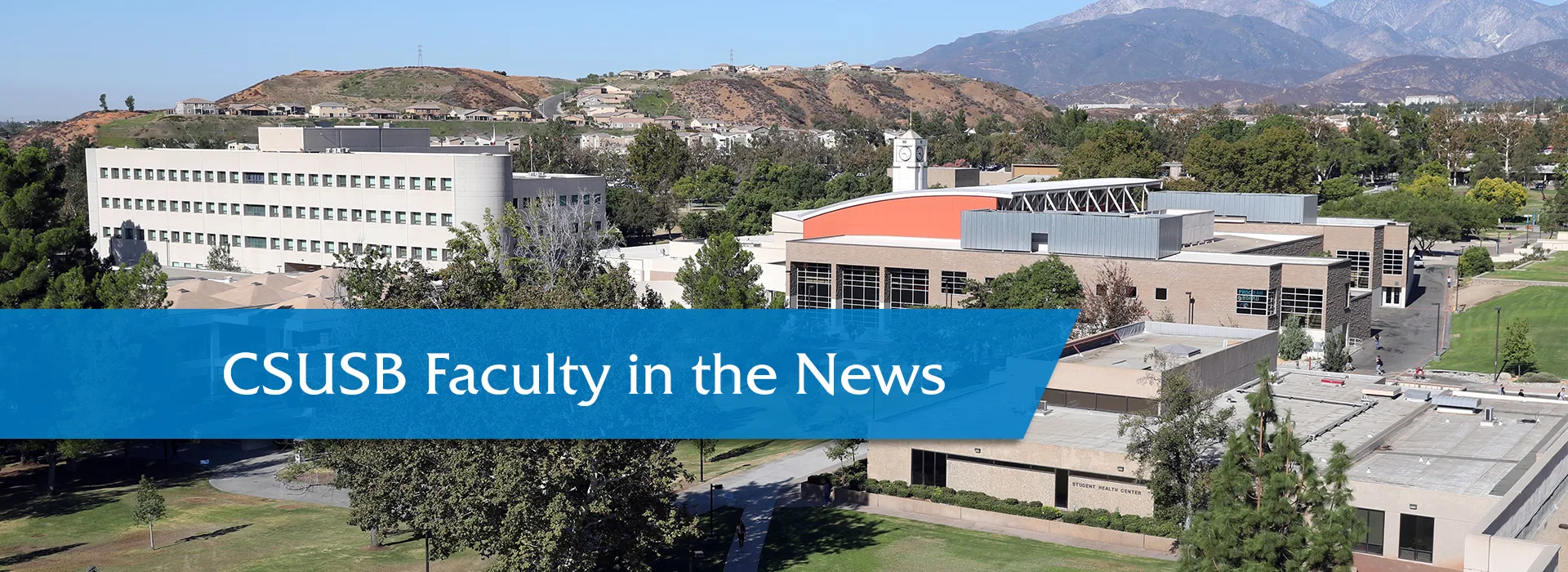NOTE: Faculty, if you are interviewed and quoted by news media, or if your work has been cited, and you have an online link to the article or video, please let us know. Contact us at news@csusb.edu.
100 ancient Egyptian inscriptions found at amethyst mining site where CSUSB professor directs its excavationLive ScienceMarch 26, 2019Kate Liszka, the director of the Wadi el-Hudi expedition in Egypt and The Benson and Pamela Harer Fellow at Cal State San Bernardino, was quoted in an article about the latest discovery at Wadi el-Hudi.Archaeologists have uncovered more than 100 ancient inscriptions carved into rock at Wadi el-Hudi, where the ancient Egyptians mined amethyst. In addition to the carved-rock inscription, the researchers also found 14 stele (inscriptions carved on a stone slab or pillar) and 45 ostraca (inscriptions written on pieces of pottery). Analysis of the newfound inscriptions is underway. So far, archaeologists can tell that many of the inscriptions date back around 3,900 years, to a time that modern day archaeologists call the 'Middle Kingdom.' Many of the ostraca date back around 2,000 years, to around the time that Rome took over Egypt. Amethyst became widely popular in Egypt during the Middle Kingdom, a time when the pharaohs of Egypt learned that Wadi el-Hudi is a good source for the material. 'Once the [pharaohs] found it, they kind of went bonkers to go get it,' Liszka told Live Science. During the Middle Kingdom, 'they were bringing it back and making it into jewelry and doling it out to their elite and their princesses.' Read the complete article at “100 ancient Egyptian inscriptions found at amethyst mining site.”
This news clip and others may be found at “In the Headlines” at inside.csusb.edu.
